The 6 best apples for pie
Prepare for pie perfection
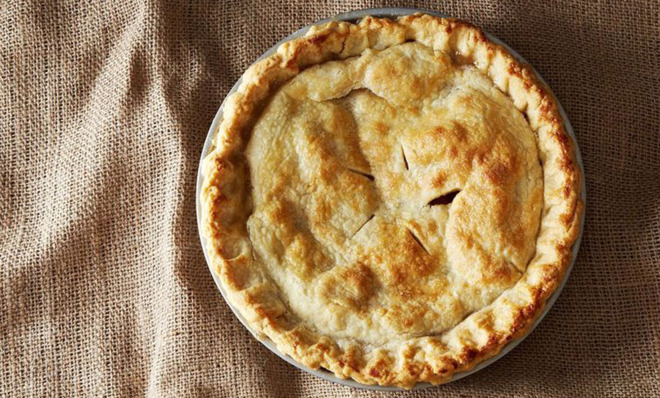

Lucky us. We are in the Second Golden Age of the Apple, with more great new varieties appearing in markets than we've seen in decades. But lost amid the snap-crackle-pop of all the Honeycrisps and Jazz of the produce aisle is a sad little secret: Not a one of them is a top-notch baker. For that, we have to hearken back to the First Golden Age of the Apple, the 1700s and 1800s, when more than 7,000 varieties graced American farms, many of them selected specifically for their pie prowess. Although these varieties are hard to find in supermarkets, they are increasingly common at farmers markets, farmstands, and pick-your-own orchards. Combine them with some tricks our ancestors knew well (use several varieties for maximum interest; mix sweet and tart, firm and goopy; and work some leaf lard into the crust), and prepare for pie perfection.
1. Esopus Spitzenberg
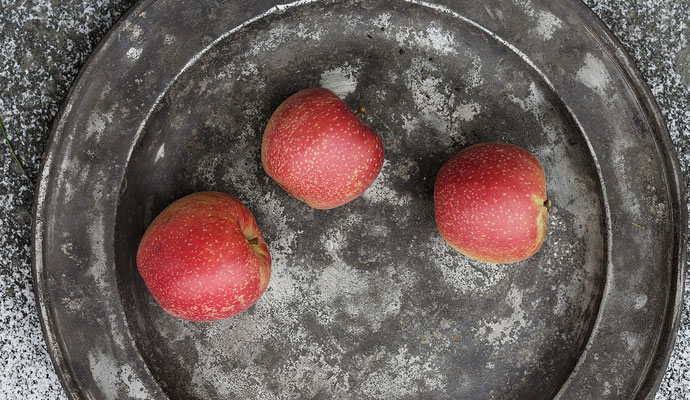
"Who would put into a pie any apple but Spitzenberg, that had that?" wrote the famed minister Henry Ward Beecher in 1862. A century and a half later, the question stands. Widely considered the most flavorful apple America has ever produced, the pride of New York's Hudson Valley pushes both sweetness and tartness to an extreme, and infuses your pie with notes of lychee and roses.
The Week
Escape your echo chamber. Get the facts behind the news, plus analysis from multiple perspectives.

Sign up for The Week's Free Newsletters
From our morning news briefing to a weekly Good News Newsletter, get the best of The Week delivered directly to your inbox.
From our morning news briefing to a weekly Good News Newsletter, get the best of The Week delivered directly to your inbox.
2. Bramley's Seedling
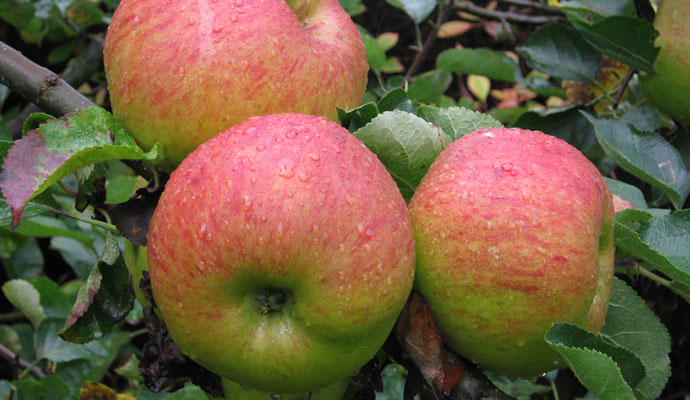
Too often Americans make their pies with nothing but overly hard apples (I'm looking at you, Granny Smith!), which slide away from each other as soon as your fork strikes. The Brits have long understood that you need some glue to hold the thing together, and for more than 200 years their go-to glue has been Bramley's Seedling. The huge, green, very tart apples look like unripe grapefruits in the tree, but when cooked they melt into a thick pulp that works wonders when combined with a firmer apple. (Honorable Mention: McIntosh or Cortland.)
3. Gravenstein

Love it or leave it. Some people think this treasure of Sonoma County (where you can still find the Gravenstein Apple Fair every August) is too soft for pie, but others believe its unmistakable berry-apple fragrance is the very harbinger of fall. Pick them early for pie.
A free daily email with the biggest news stories of the day – and the best features from TheWeek.com
4. Belle de Boskoop
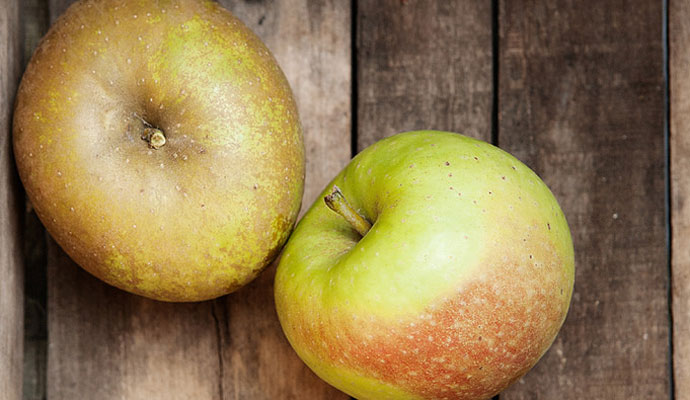
This tart and snappy Dutch belle makes me think of some ruddy barmaid in a 19th-century tavern: Plump and rustic, with an acid tongue, she can be awfully saucy in her youth, but as she mellows with age, her sweetness begins to shine through. She will win you over in pies, crisps, and strudel, where her firmness is divine and her zippy edge keeps things lively. (Honorable Mention: Any russet, such as Golden Russet, Roxbury Russet, Ashmead's Kernel, or Zabergau Reinette.)
5. Northern Spy
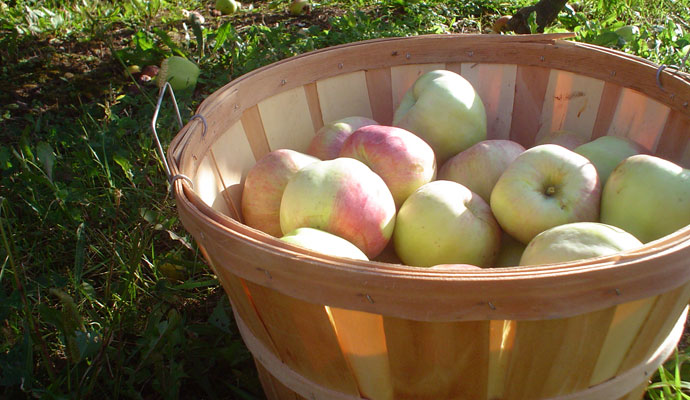
Your grandmother may well have insisted on Northern Spy for her pies. She was right. This early-1800s star is one of the few apples that can stand alone in pies. Bright and lively, firm yet tender-skinned, it's experiencing a well-deserved resurgence as a new generation of bakers discovers that no other apple can match its bag of tricks.
6. Pink Lady
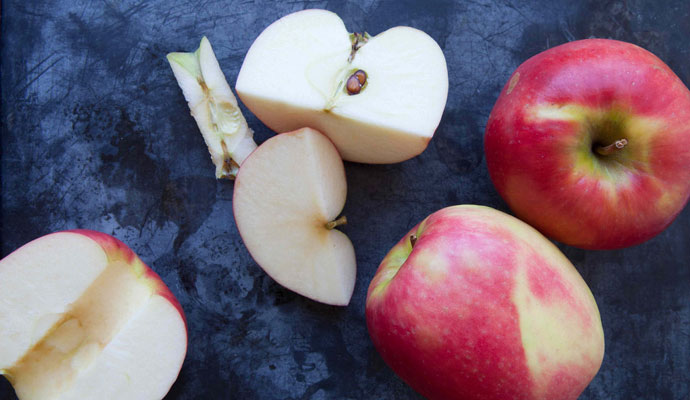
Not all modern apples fall flat in pies. Pink Lady is super-crisp when eaten fresh and nearly as crisp in pies, where its rosy hue and sweet-tart balance work wonders. No peeling, please.
This story was originally published on Food52.com: The 6 best apples for pie
More from Food52...
-
 A lemon-shaped exoplanet is squeezing what we know about planet formation
A lemon-shaped exoplanet is squeezing what we know about planet formationUnder the radar It may be made from a former star
-
 Political cartoons for January 4
Political cartoons for January 4Cartoons Sunday's political cartoons include a resolution to learn a new language, and new names in Hades and on battleships
-
 The ultimate films of 2025 by genre
The ultimate films of 2025 by genreThe Week Recommends From comedies to thrillers, documentaries to animations, 2025 featured some unforgettable film moments